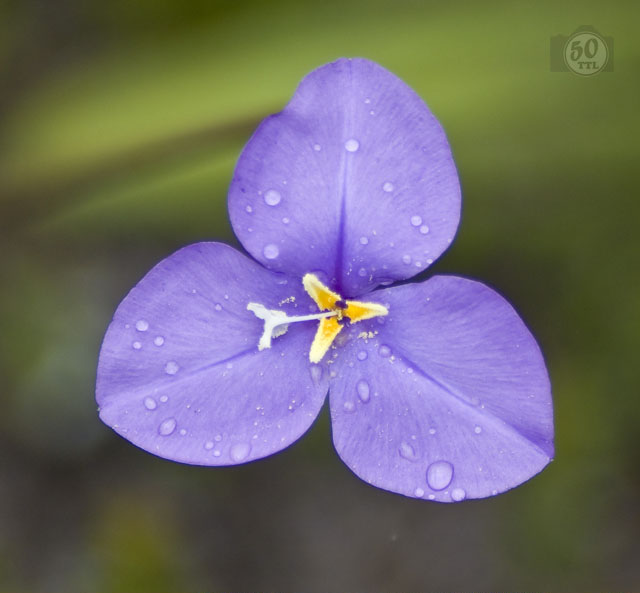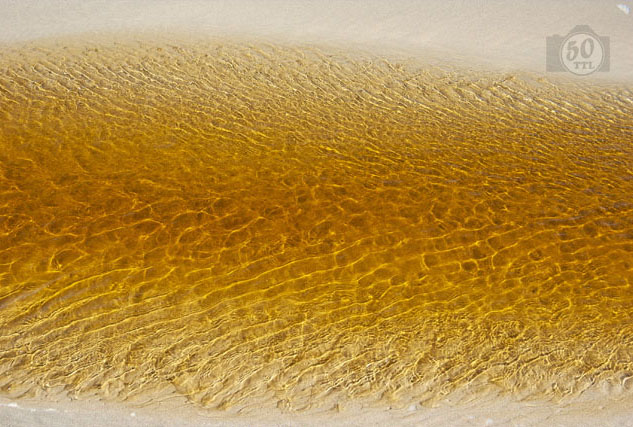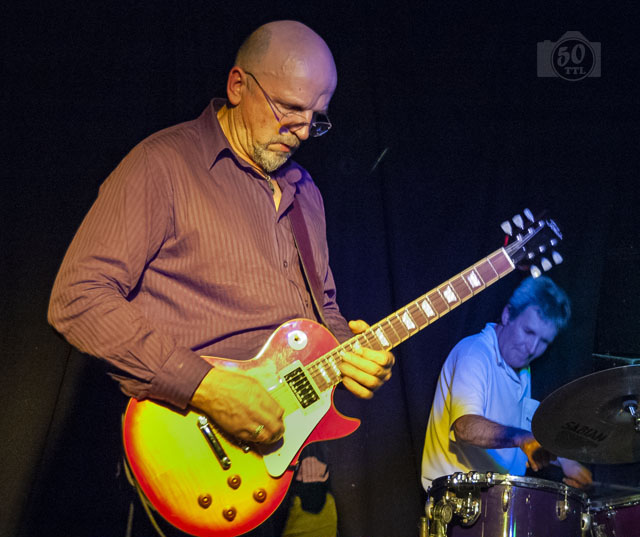
As my horizons expanded in 2008 because of the convenience of digital cameras, I found myself trying subjects that I had previously ignored, for the most part. I collected photos of flowers, birds, patterns and shapes, and curiosities.
I could now easily crop an image to show the subject to best advantage, as I did with the flower above. I could take a few photos of interesting refraction patterns in water, as below, because it didn’t cost anything to fire off a string of shots. I could experiment with exposures, adjusting aperture, shutter speed and ISO settings just to try the options.

I mentioned in the post for 2005 that a digital camera enabled me to photograph events in a different way, firing off multiple shots to capture the most expressive moment. By 2008, I was trying event photography in increasingly difficult lighting conditions. I could photograph events where I often needed very high ISO settings to enable me to capture a usable photo.
My camera had a built-in flash, but I generally avoided using it. I still do. I prefer situational lighting, and if that is event lights with hot spots and coloured gels, then that is what I will try to photograph. Using a flash just flattens the whole image, throws shadows and destroys the atmosphere. It is much more fun to get a less than crisp photo that depicts the colour and character of the event. In processing the photo below, taken at the Albany Blues Club, I tried to set a reasonable skin tone on Lez Karski’s face, but a yellow spotlight on his hands makes them look off-colour. That’s okay.

The mention of ISO settings reminds me of another difference between the film days and digital. When you inserted a 35mm film canister into a camera, the first thing you did after checking that the film was winding on properly was to set the ISO on the camera’s meter. You were then committed to using that film speed for the next 24 or 36 frames. Not so with digital. You can shoot a few frames at 200 ISO, then a few at 3200 and the next at 25,600, if that is what you need for good exposures. The challenge for film-habituated photographers is to change ISO on the run, or to manage the parameters of auto ISO adjustment. My preference is to keep the ISO as low as possible, giving the highest image quality, so I don’t use the camera’s auto ISO adjustment. But even after years of using digital cameras, I still find that adjusting ISO on the run is less intuitive than manipulating all the other camera settings.